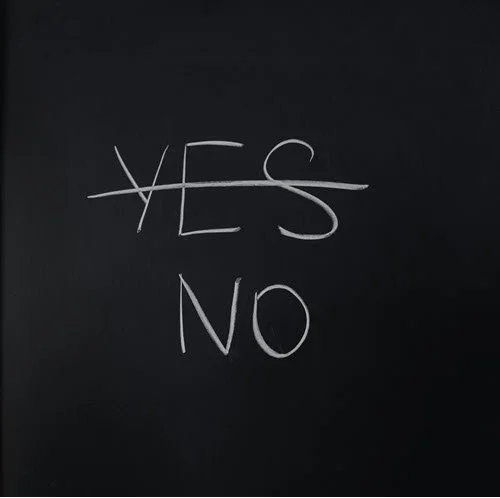What You Shouldn’t Say
Based on our years of research with tens of thousands of United Way donors and community members, we’ve identified the three things you shouldn’t say:
Your Administrative Costs. Only 4% of United Way donors research the administrative costs of their United Way. When you talk about administrative costs, it only reinforces the belief that United Ways are nothing more than pass-through organizations.
Your Processes. Your donors and the community need to know the results of your work, not the number of hours that dozens of volunteers spent on the allocation process. When you talk about your processes, it is like telling someone how many gallons of gas you put in your car and how far you drove – people will never know what your processes accomplished or where you drove your car to.
Too much. The best way to increase understanding of what your United Way does is to stop trying to communicate everything about your United Way. Your donors and community do not need to hear about every partner agency, funded program, or workplace campaign. Repeating a limited number of messages is the key to increasing understanding. Remember the Rule of 7, which states people need to see or hear something 7 times before it is truly seen or heard.
What You Should Say
In previous posts, we have shared the importance of communicating what your United Way does using I-A-R. “I” stands for issue. You need to first tell your donors what issue (or issues) you are working on. For example, let’s say your United Way runs Dolly Parton’s Imagination Library. Your issue would be early childhood literacy. “A” stands for actions. Your donor needs to know what actions you are taking to impact your issue. In our example, the action you are taking is through Dolly Parton’s Imagination Library. “R” stands for results. After you tell your donors what actions you are taking to impact the issue, you need to tell them what the results of that action are. So, for our example, we would say that the results are that 500 children received books.
Three Steps
Make your communication more effective and powerful by following these three steps:
Decide what your United Way needs to say – focus on communicating a handful of essential messages. Use I-A-R for guidance in selecting your messages.
Stop communicating things you do not need to be communicating such as your administrative costs and your processes.
Choose an enforcer. Someone at your United Way needs to be the “Communication Cop” who makes sure your board and staff are only communicating your essential messages and that they are not communicating non-essential messages.

